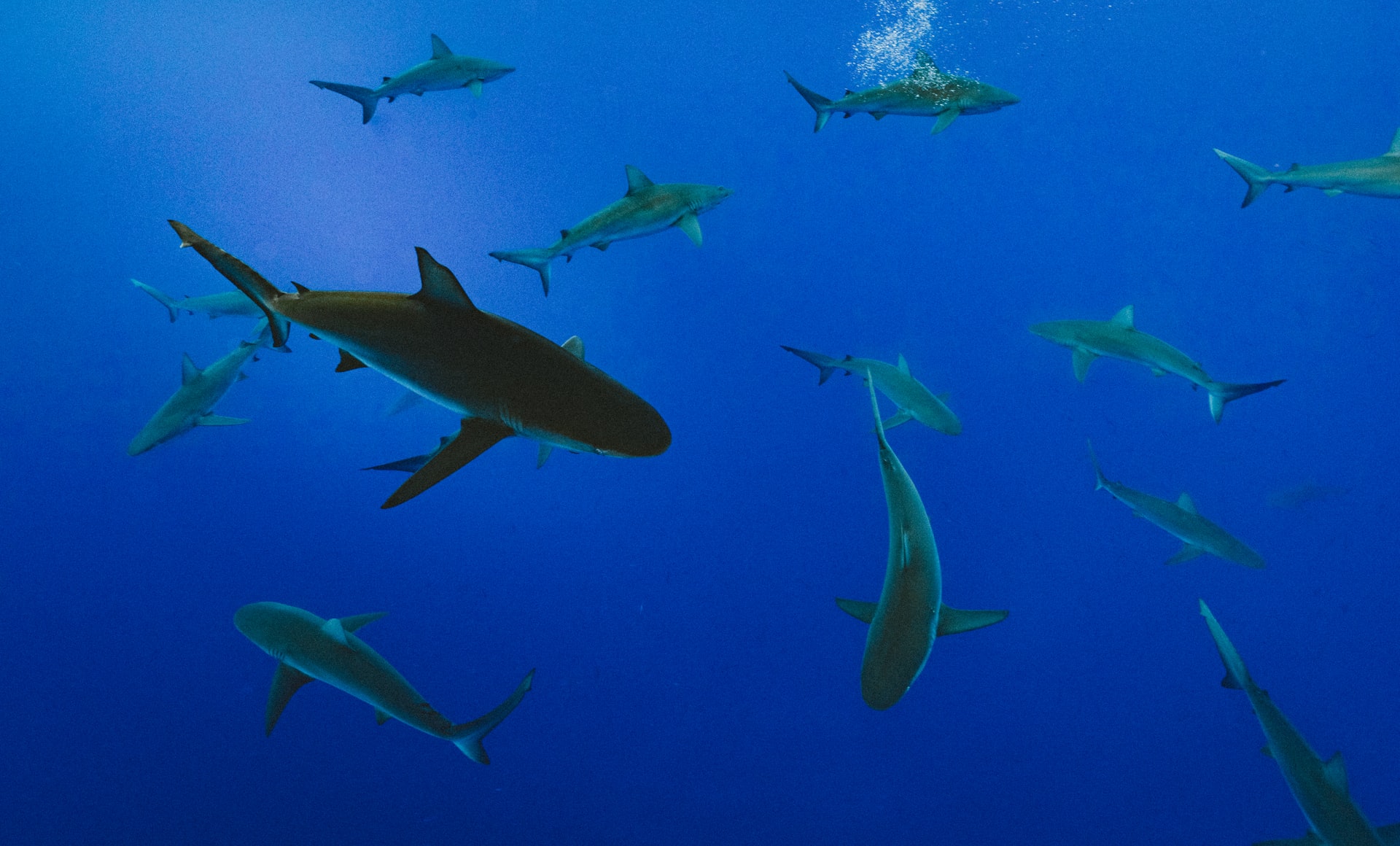
When they first set out to follow grey reef sharks around the Republic of the Marshall Islands (RMI), Darcy Bradley and her colleagues intended to survey their movement in the protected waters there. What they found was a disturbing development for the Pacific island nation.
“It’s not the study we expected,” said Bradley, a postdoctoral researcher at UC Santa Barbara’s Marine Science Institute and at its Bren School of Environmental Science & Management. “Instead, we uncovered a high level of illegal shark fishing from within the Marshall Islands shark sanctuary.”
Indeed, of the 15 adult grey reef sharks they satellite tagged to follow around the Marshall Islands’ Exclusive Economic Zone — roughly 2 million square kilometers of which has been declared a safe haven for sharks — eight were suspected of having been illegally fished from the RMI “shark sanctuary.”
“There was nothing ‘sharky’ about the movement patterns we were tracking,” Bradley said. Instead of staying relatively close to shore, the tags had moved thousands of kilometers across the Pacific Ocean at speeds much faster than a reef shark is able to sustain, she explained. Some tags even ended up in local ports in both Guam and the Philippines.
It was a worrisome situation, according to the researchers, especially since RMI in 2011 adopted sweeping protections for its sharks — becoming among the first in the world to do so. Based on this recent incident, if the observed rate at which the sharks were captured (and presumably killed) were to occur over a large spatial area, the researchers estimated that even a healthy population would collapse to less than 10 percent of its unfished state in fewer than five years.
The group’s paper, “Leveraging satellite technology to create true shark sanctuaries” is published in the journal Conservation Letters.
Despite the good intentions and expansive protections for sharks in the RMI sanctuary area, as well as the high risk involved in illegal shark fishing, the high value of these sharks — both commercial and black market — may have proved too tempting for those who engaged in the suspected illegal shark fishing event. The incident also verified a notion many marine conservationists have held for a while: For an area to be a “true” shark sanctuary, active monitoring and enforcement need to be part of the system.
Full story at: The UCSB Current
Credit: Sonia Fernandez



